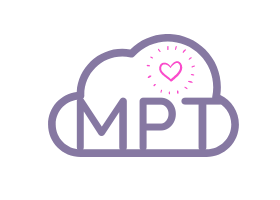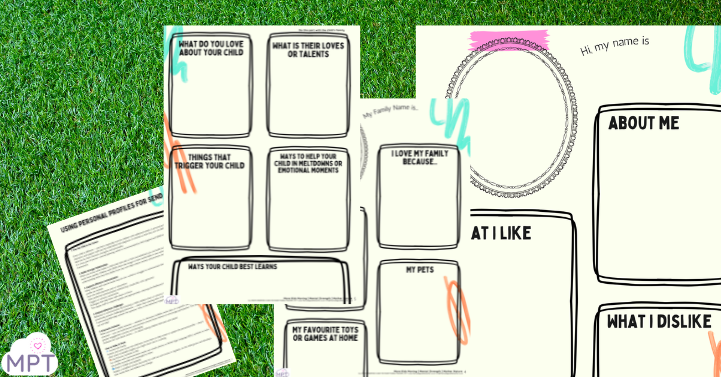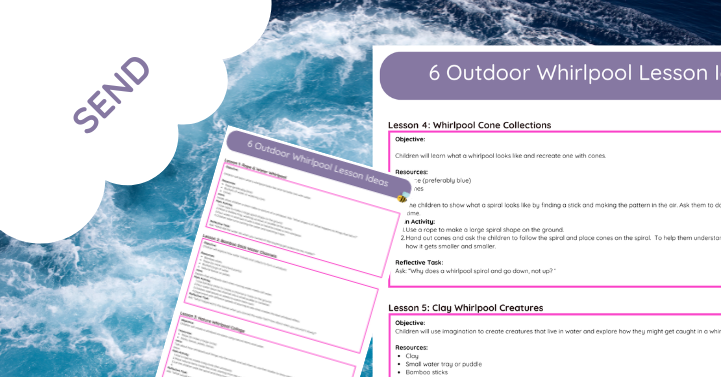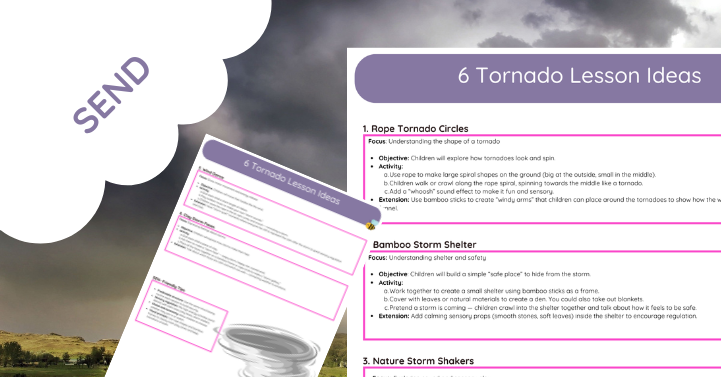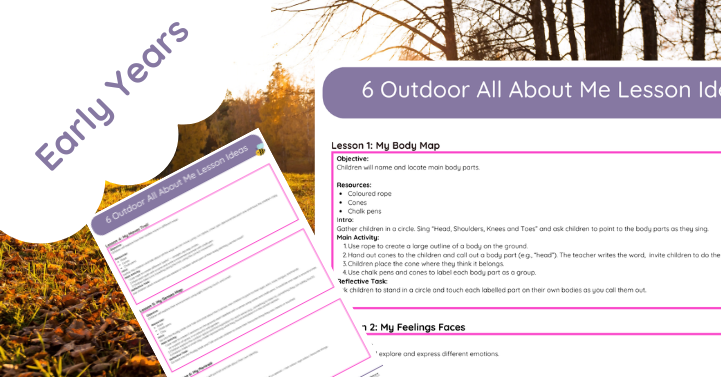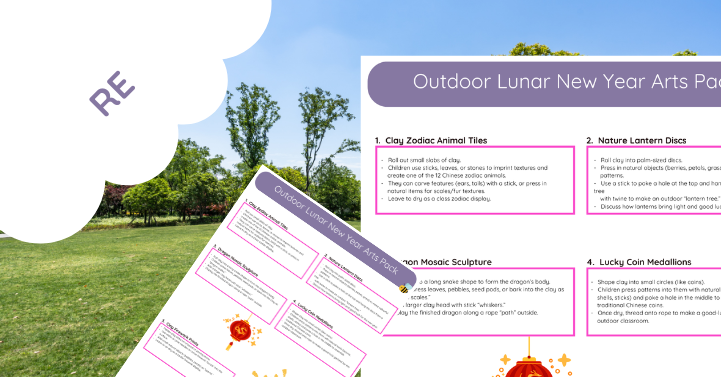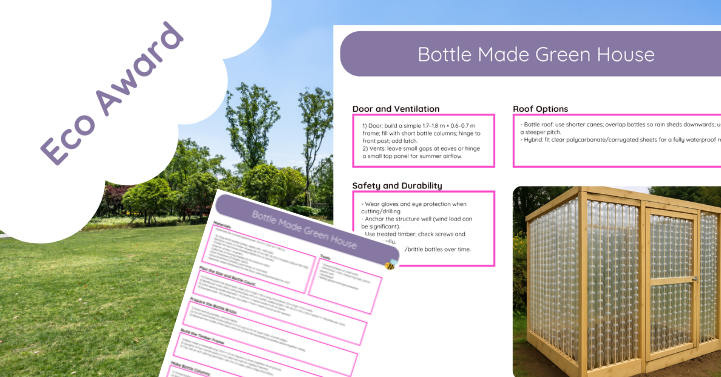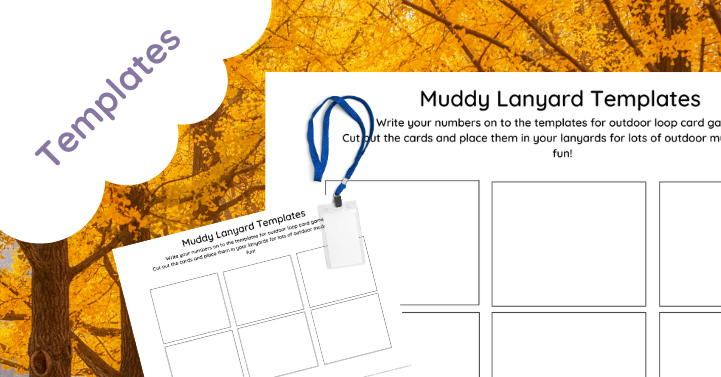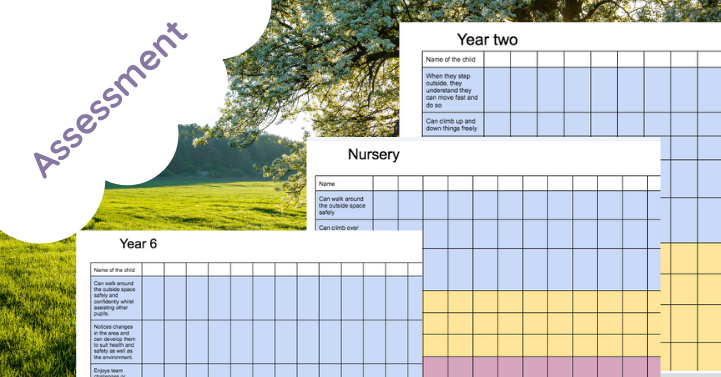One-Page Profiles for SEND
🧩 Quick to read. Powerful in practice.
Our One-Page Profiles for SEND are a must-have tool for educators, SENCOs, teaching assistants, and support staff who want to understand and support children with Special Educational Needs and Disabilities in a clear, compassionate, and efficient way.
These editable templates provide a concise snapshot of each child’s likes, dislikes, communication methods, support needs, and strengths — all on a single, easy-to-use page. Perfect for use in early years, primary, and inclusive classrooms.
✅ What’s Included:
-
Fully editable One-Page Profile templates (PDF + digital versions)
-
Child-friendly sections: “What you need to know about me”, “What helps me”, “Things I love”, and more
-
Visual-friendly layout — space for photos, drawings, or symbols
-
Printable in colour and black & white
-
Designed for SEND learners, including non-verbal and autistic children
💡 Why You’ll Love It:
-
Enables quick, effective communication between staff, carers, and parents
-
Supports smooth transitions between classes, key workers, or year groups
-
Encourages person-centred support planning
-
Helps the whole team see the child beyond the label
-
Great for EHCP reviews, SEN planning meetings, or daily classroom use
🧩 Why One-Page Profiles Are Essential for SEND Support
Quick to read. Deeply impactful.
When supporting children with Special Educational Needs and Disabilities (SEND), clear communication and person-centred planning are everything. That’s where One-Page Profiles come in — a simple yet powerful tool that helps educators and support staff understand a child’s needs at a glance.
In this blog, we’ll explore why One-Page Profiles are so important in education, especially in SEND settings, and how they can transform the way we connect, teach, and support every learner.
💡 What Is a One-Page Profile?
A One-Page Profile is a concise, visual document that summarises key information about a child — including:
-
What people like and admire about them
-
What’s important to them
-
How best to support them
Originally developed by Helen Sanderson Associates, these profiles are now widely used in schools, care settings, and families to support person-centred approaches and inclusive education.
🌟 Why Are One-Page Profiles So Important in SEND?
1. Puts the Child at the Centre
Too often, children with SEND are viewed through the lens of their diagnosis. One-Page Profiles remind us to focus on the whole child — their personality, interests, strengths, and what makes them unique.
This aligns beautifully with the SEND Code of Practice (0 to 25 years), which calls for children and families to be involved in decisions and support planning.
2. Improves Communication Across Staff
From teaching assistants and SENCOs to lunch supervisors and supply teachers, One-Page Profiles ensure that everyone working with the child has access to the same key information. This promotes consistency, reduces misunderstandings, and supports smoother transitions between staff.
3. Supports Emotional Safety and Trust
Knowing what helps a child feel calm, what triggers anxiety, or how they communicate pain can prevent distress and build trust. This is particularly vital for children with autism, non-verbal communication, or sensory processing needs.
4. Strengthens Home–School Partnerships
One-Page Profiles are often co-created with families, which helps strengthen trust and ensures support strategies are aligned across home and school. Contact – for families with disabled children recommends this approach as part of effective parental engagement in SEND.
5. Empowers Inclusion and Participation
By helping adults understand how to best support each child, One-Page Profiles can help children participate more fully in classroom life, from playtime and group work to school events.
🛠️ What to Include in a Great One-Page Profile
-
👦 What people like about me
-
💙 What’s important to me
-
🧠 How best to support me
-
🎯 What I’m working on (optional)
-
📸 Photos or visuals to aid understanding
You can include symbols, drawings, or even British Sign Language (BSL) visuals to make profiles accessible for non-verbal learners.
👉 Try our One-Page Profiles for SEND – ready-to-use templates that can be printed, edited, or used digitally.
👉 Try our Autism Interventions – ready-to-use templates that can be printed, edited, or used digitally.
📚 Where to Learn More
If you’re looking to dive deeper into person-centred planning and inclusive strategies, check out these brilliant resources:
-
🔗 Mencap
